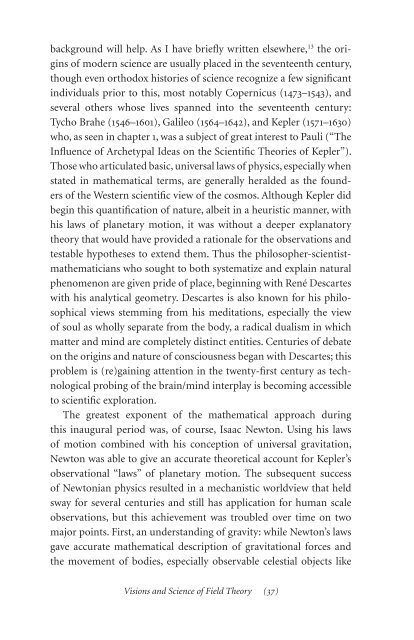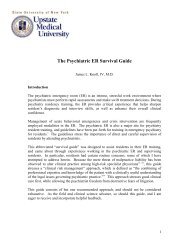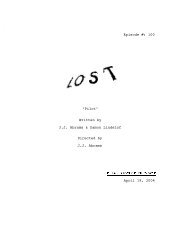Synchronicity Cambray
Synchronicity Cambray
Synchronicity Cambray
Create successful ePaper yourself
Turn your PDF publications into a flip-book with our unique Google optimized e-Paper software.
ackground will help. As I have briefly written elsewhere, 13 the origins<br />
of modern science are usually placed in the seventeenth century,<br />
though even orthodox histories of science recognize a few significant<br />
individuals prior to this, most notably Copernicus (1473–1543), and<br />
several others whose lives spanned into the seventeenth century:<br />
Tycho Brahe (1546–1601), Galileo (1564–1642), and Kepler (1571–1630)<br />
who, as seen in chapter 1, was a subject of great interest to Pauli (“The<br />
Influence of Archetypal Ideas on the Scientific Theories of Kepler”).<br />
Those who articulated basic, universal laws of physics, especially when<br />
stated in mathematical terms, are generally heralded as the founders<br />
of the Western scientific view of the cosmos. Although Kepler did<br />
begin this quantification of nature, albeit in a heuristic manner, with<br />
his laws of planetary motion, it was without a deeper explanatory<br />
theory that would have provided a rationale for the observations and<br />
testable hypotheses to extend them. Thus the philosopher-scientistmathematicians<br />
who sought to both systematize and explain natural<br />
phenomenon are given pride of place, beginning with René Descartes<br />
with his analytical geometry. Descartes is also known for his philosophical<br />
views stemming from his meditations, especially the view<br />
of soul as wholly separate from the body, a radical dualism in which<br />
matter and mind are completely distinct entities. Centuries of debate<br />
on the origins and nature of consciousness began with Descartes; this<br />
problem is (re)gaining attention in the twenty-first century as technological<br />
probing of the brain/mind interplay is becoming accessible<br />
to scientific exploration.<br />
The greatest exponent of the mathematical approach during<br />
this inaugural period was, of course, Isaac Newton. Using his laws<br />
of motion combined with his conception of universal gravitation,<br />
Newton was able to give an accurate theoretical account for Kepler’s<br />
observational “laws” of planetary motion. The subsequent success<br />
of Newtonian physics resulted in a mechanistic worldview that held<br />
sway for several centuries and still has application for human scale<br />
observations, but this achievement was troubled over time on two<br />
major points. First, an understanding of gravity: while Newton’s laws<br />
gave accurate mathematical description of gravitational forces and<br />
the movement of bodies, especially observable celestial objects like<br />
Visions and Science of Field Theory ( 37 )









